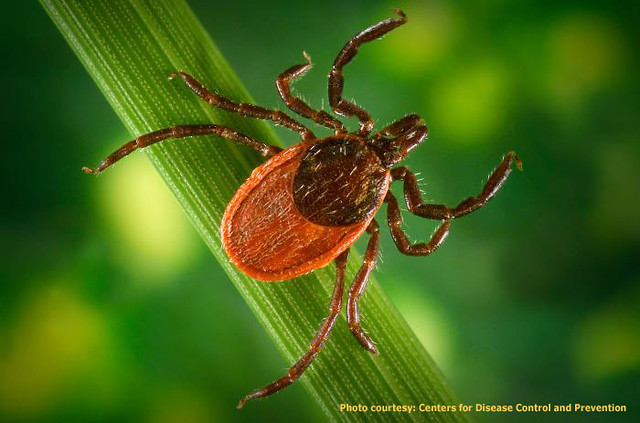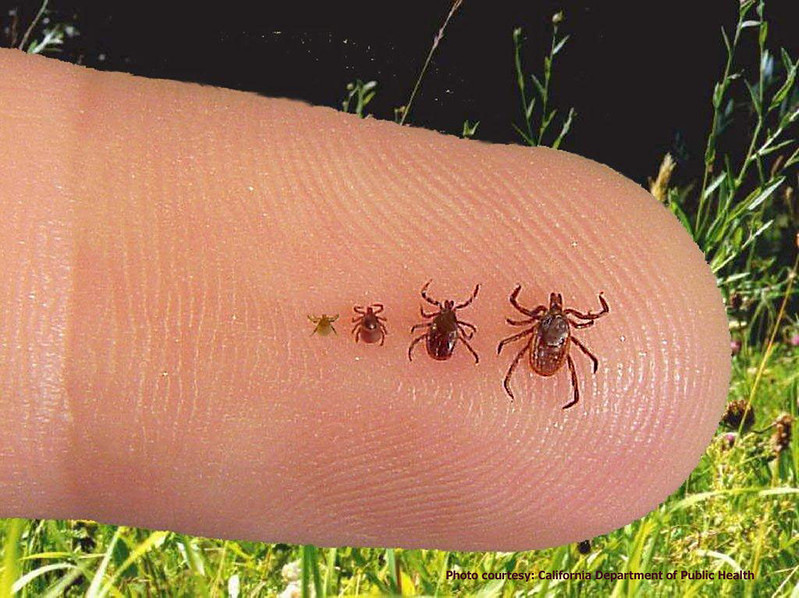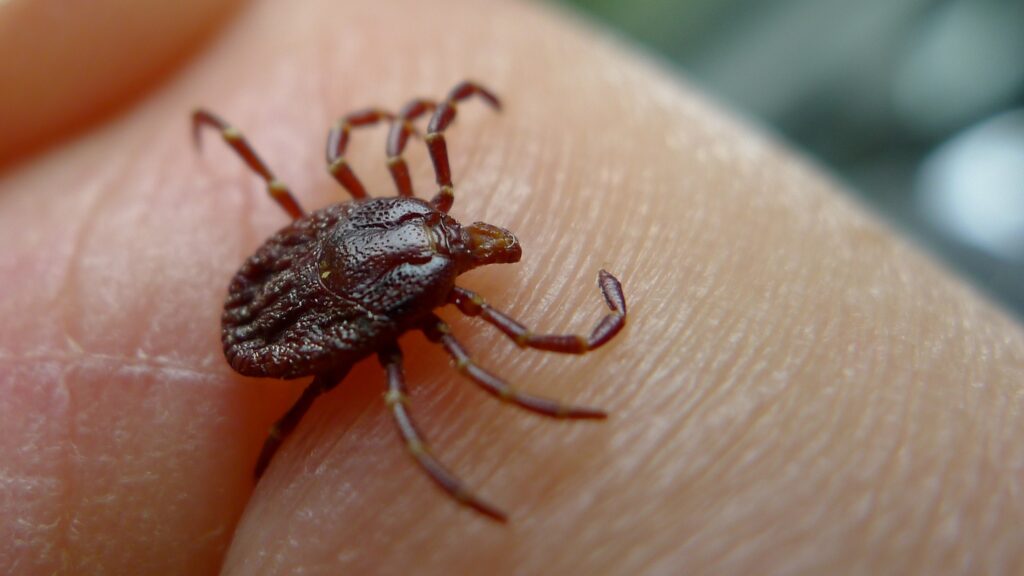Ticks are tiny, spider-like parasites that feed on the blood of animals and humans, posing a significant threat to public health. These arachnids can transmit diseases like Lyme disease, Rocky Mountain spotted fever, and tularemia, making them a formidable foe.
Ticks thrive in wooded and grassy areas, clinging to passing animals and humans. Their life cycle consists of four stages: egg, larva, nymph, and adult. The larva, or seed tick, has six legs, while nymphs and adults have eight.

To protect yourself and your family, it’s essential to know what ticks look like. They’re usually brown or black, with small bumps on their bodies and long, thin legs. After feeding, ticks can become engorged, swelling to the size of a pea.
Common tick species include:
The deer tick, which spreads Lyme disease
The American dog tick, which transmits Lyme disease and Rocky Mountain spotted fever
The brown dog tick, a common household pest that can cause anemia in pets
To keep ticks at bay:

Check yourself, pets, and gear for ticks after outdoor activities.
Wear protective clothing, including long sleeves and pants.
Use tick repellents, such as DEET or essential oils like lemon and eucalyptus.
Dry clothes on high heat to kill ticks.
Maintain a well-groomed yard, free of weeds and brush.
Regularly inspecting your body, pets, and surroundings can help prevent tick-borne illnesses. Remember, ticks can be present year-round, but taking simple precautions can significantly reduce the risk.

Some key facts to keep in mind:
Ticks can live up to three years.
Lyme disease can spread to the heart, nervous system, and joints.
Deer ticks and black-legged ticks are primary carriers of Lyme disease.
Tick populations are increasing due to warmer weather, habitat loss, and animal trade.

Stay vigilant and take proactive steps to safeguard your family’s health.
Additional tips:
Shower within two hours of outdoor activities to reduce Lyme disease risk.
Use tick and flea medication on pets.
Avoid areas with heavy brush and dense vegetation.
Wear light-colored clothing to make ticks more visible.
By understanding ticks and taking preventative measures, you can minimize the risks associated with these stealthy parasites.


